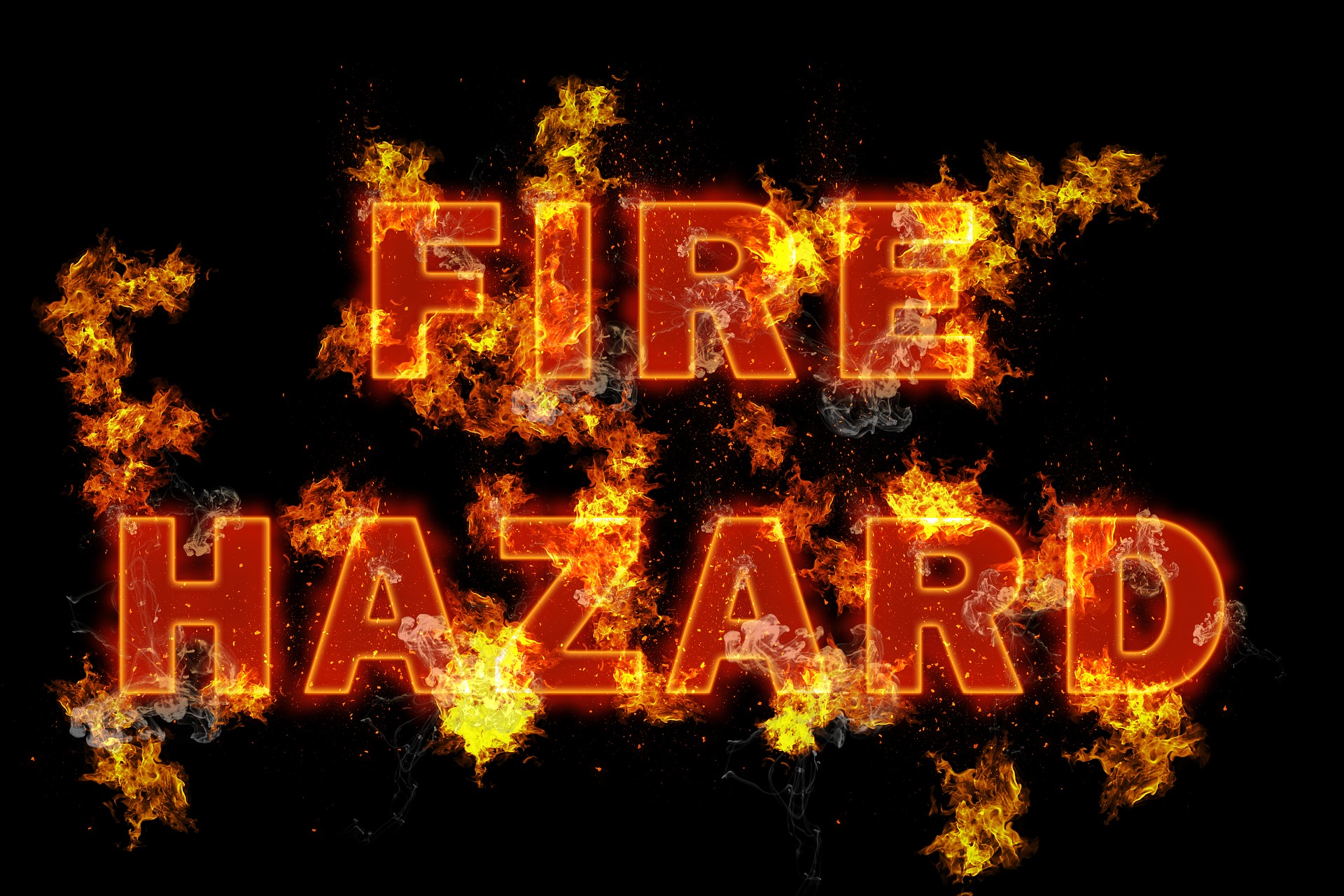Fire incidents are an omnipresent threat in industrial facilities due to the presence of inflammable materials and equipment. These incidents pose danger to the life of employees, the safety of the environment, and the condition of the property.
Therefore, it’s paramount for every factory to have a certain type of fire protection in order to minimize the risk of such accidents in the future. Nowadays, some companies provide consequence modeling services to their clients by creating possible fire scenarios. These specialists use special software to determine the potential damage and risk of such events.
Consequence modeling analysis is undoubtedly useful in modifying building design to comply with safety regulations, doing a retrospective of a past event, or devising an efficient emergency evacuation plan.
The following guide includes the most common fire hazards and the benefits of using consequence modeling services to prevent them from happening.
Common fire hazards
Storing inflammable materials like paper and cardboard is among the most common fire hazards, particularly in offices. An ignition source, such as a cigarette, is more than enough to start a flame that spreads amazingly fast.
Another common hazard in industrial facilities is storing flammable liquids and vapors, which burst into flames when being exposed to a spark. These materials are considered to be extremely hazardous, as they are incredibly likely to result in an explosion.
Moreover, electrical equipment is another frequent cause of starting a fire, as it generates a great amount of heat. There is a high risk of accident when such machines come in contact with flammable materials, which is why electrical equipment is supposed to be off when no one uses it. Additionally, malfunctioning machines are another common cause of fire outbreak, thus requiring regular maintenance.
Dust piles are known to be a possible fire hazard in unventilated environments, particularly in factories. A spark can cause dust piles to ignite, thus creating a dust explosion. Click here to get familiar with the sources of dust that might lead to an explosion.
Smoking is believed to be one of the main reasons for starting a fire when people fail to put out cigarettes properly. It poses a great danger in environments where flammable materials are being stored. The only solution would be for smoking to be forbidden in such risky areas, thus minimizing the risk of an accident.
The most frequent cause of this type of accidents is undoubtedly human error, which originates from negligence. People tend to be negligent in numerous ways without being aware of the potential consequences until it’s too late. Therefore, companies are advised to provide their employees with safety training as a way of reducing human error.
Reasons to use consequence modeling services
In order to prevent such accidents from happening, companies should invest in consequence modeling services. These services provide clients with an analysis of potential fire incidents that might endanger the safety of workers and cause severe property damage.
For instance, consequence analyses provide clients with a faster response during emergencies. Instead of panicking, you’d only need to think of the details of the fire scenario, whose role is to guide you through the situation. These scenarios include both the hazardous and safe zones in the workplace, thus advising you which areas to avoid. The following link, https://www.huffpost.com/entry/staying-calm-during-an-em_b_7749812, includes some helpful techniques for staying calm during emergencies.
Moreover, consequence analysis is useful for enhancing the safety of facilities in order to minimize the exposure of employees to risk. Determining the hazardous zones in a facility is certainly helpful in preventing employees from working in these parts of the premises. Modeling services can also be beneficial in improving the design of buildings for greater safety.
Apart from being useful in the prediction of future events, consequence modeling might be applicable in the reconstruction of a past fire incident as well. It provides clients with an insight into the cause of the accident, the effect it had on employees and the damage it did to the facility.
Most importantly, such an analysis is crucial for preventing this type of consequences from happening in the future. It provides the necessary assistance for planning an appropriate response in the event of another accident.
Emergency evacuation plans are of great importance for the safety of employees, which is why every company should have one. A consequence analysis can make the evacuation plan more efficient by determining the evacuation zones and routes that help employees find a safe exit. Consequently, these scenarios specify the potential risks of being involved in a fire incident, thus providing a fast response in a real-life situation.
Wrap up
Although this type of incidents is hard to predict, performing a consequence analysis might be the most efficient way of minimizing the risk.
It’s certainly worth the investment!


